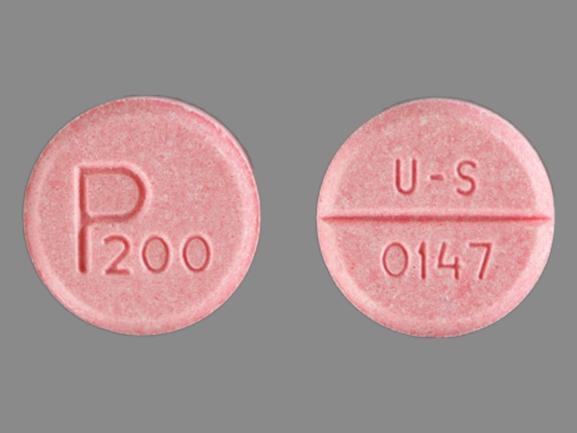Pacerone Interactions
There are 744 drugs known to interact with Pacerone (amiodarone), along with 10 disease interactions, and 1 alcohol/food interaction. Of the total drug interactions, 312 are major, 395 are moderate, and 37 are minor.
- View all 744 medications that may interact with Pacerone
- View Pacerone alcohol/food interactions (1)
- View Pacerone disease interactions (10)
Most frequently checked interactions
View interaction reports for Pacerone (amiodarone) and the medicines listed below.
- albuterol
- amlodipine
- aspirin
- Aspirin Low Strength (aspirin)
- atorvastatin
- carvedilol
- clopidogrel
- Coumadin (warfarin)
- digoxin
- Eliquis (apixaban)
- furosemide
- gabapentin
- Lasix (furosemide)
- levothyroxine
- Lipitor (atorvastatin)
- lisinopril
- losartan
- metformin
- metoprolol
- Metoprolol Succinate ER (metoprolol)
- omeprazole
- Plavix (clopidogrel)
- potassium chloride
- Protonix (pantoprazole)
- simvastatin
- spironolactone
- Synthroid (levothyroxine)
- Vitamin B12 (cyanocobalamin)
- Vitamin D3 (cholecalciferol)
- warfarin
Pacerone alcohol/food interactions
There is 1 alcohol/food interaction with Pacerone (amiodarone).
Pacerone disease interactions
There are 10 disease interactions with Pacerone (amiodarone) which include:
- dialysis
- pulmonary dysfunction
- sinus node dysfunction
- visual impairment
- cardiovascular dysfunction
- QT prolongation
- hepatic impairment
- neurologic dysfunction
- thyroid dysfunction
- electrolyte imbalance
More about Pacerone (amiodarone)
- Pacerone consumer information
- Compare alternatives
- Pricing & coupons
- Reviews (4)
- Drug images
- Latest FDA alerts (4)
- Side effects
- Dosage information
- During pregnancy
- Drug class: group III antiarrhythmics
- Breastfeeding
- En español
Related treatment guides
Drug Interaction Classification
| Highly clinically significant. Avoid combinations; the risk of the interaction outweighs the benefit. | |
| Moderately clinically significant. Usually avoid combinations; use it only under special circumstances. | |
| Minimally clinically significant. Minimize risk; assess risk and consider an alternative drug, take steps to circumvent the interaction risk and/or institute a monitoring plan. | |
| No interaction information available. |
Further information
Always consult your healthcare provider to ensure the information displayed on this page applies to your personal circumstances.


